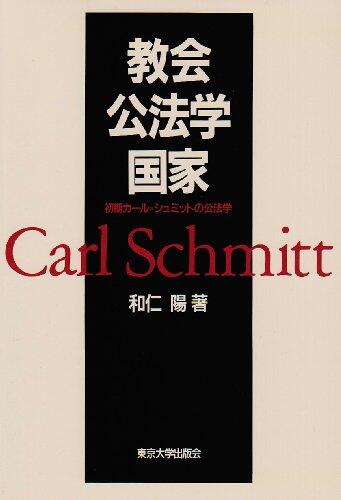
Shinkyō No Jiyū To Nihon No Kyōkai
によって
Akira Idogaki
まだ評価がありません
Religion & Spirituality
形式
ハードカバー
ページ数
158
言語
日本語
公開されました
Jan 1, 1983
出版社
Inochi no Kotobasha
ISBN-10
4264006244
ISBN-13
9784264006244
説明
In an intricate exploration of freedom and boundary, this work delves into the interplay between individual autonomy and societal structures in Japan. Through the lens of historical and contemporary narratives, the author examines how concepts of liberty have evolved within the cultural context. Akira Idogaki invites readers on a thought-provoking journey that grapples with the tension between personal freedom and communal obligation.
The writer weaves together a rich tapestry of examples, drawing from various domains including philosophy, politics, and social customs. Each chapter reveals layers of complexity that challenge preconceived notions and encourage deeper reflection on what it truly means to be free in a rapidly changing world.
With meticulous research and a poignant storytelling style, Idogaki crafts a narrative that is both engaging and enlightening. Readers will find themselves pondering the ways in which freedom can both empower and confine, inviting them to consider their own experiences in relation to these concepts.
Ultimately, the work serves as a catalyst for dialogue, provoking thought and inspiring individuals to examine the very fabric of their existence within the intricate web of society. In doing so, it highlights the fundamental question of where personal freedom begins and where it may inadvertently end.
The writer weaves together a rich tapestry of examples, drawing from various domains including philosophy, politics, and social customs. Each chapter reveals layers of complexity that challenge preconceived notions and encourage deeper reflection on what it truly means to be free in a rapidly changing world.
With meticulous research and a poignant storytelling style, Idogaki crafts a narrative that is both engaging and enlightening. Readers will find themselves pondering the ways in which freedom can both empower and confine, inviting them to consider their own experiences in relation to these concepts.
Ultimately, the work serves as a catalyst for dialogue, provoking thought and inspiring individuals to examine the very fabric of their existence within the intricate web of society. In doing so, it highlights the fundamental question of where personal freedom begins and where it may inadvertently end.











![Hyakuman-nin-no-Fukuin 2024/8[Japanese Edition]](https://images.bookpine.com/cf54f224-7a62-46f1-9203-dea48d892198.jpg)

![蜘蛛の糸 [Kumo no ito]](https://images.bookpine.com/040a6a57-2c9e-4166-bf00-10e182aea883.jpg)

![Kumo no ito [Japanese Edition]](https://images.bookpine.com/2372e4fb-00a4-4435-a65a-e25a820fd6cf.jpg)
![蜘蛛の糸 [Kumo no ito]](https://images.bookpine.com/b691d605-1476-4e77-bdc3-a28104f3b08d.jpg)


![銀河英雄伝説 8 乱離篇 [Ginga eiyū densetsu 8]](https://images.bookpine.com/b1f4119c-317e-49a6-a438-3b26549f3aae.jpg)